Falling retail sales and lower inflation in the US have added to signs that the world’s biggest economy has lost momentum in recent months, casting doubt over how many more times the Federal Reserve will raise interest rates this year.
Stronger takings at clothing and electronics stores in March were not enough to offset a continued drop in demand for cars, according to figures from the US government (pdf). As a result, retail sales fell for the second month running.
The 0.2% drop was deeper than forecasts in a Reuters poll of economists and followed a bigger than previously reported decline of 0.3% in February.
Sales were also hurt by lower demand for building materials in March, chiming with a sharp slowdown in construction hiring as parts of the US were hit by severe snowstorms. Petrol station takings also dipped in March as fuel prices fell.
The few bright spots were a 2.6% rise in takings at electronics and appliance stores and a 1% rise in clothing sales.
The drop in fuel prices in March echoed a pattern seen in the UK following a fall in global oil prices last month. Cheaper pump prices were also a key factor in softer US inflation.
A measure of prices in the US fell for the first time in more than a year, dipping 0.3% in March, according to figures from the Labor Department. It said falling fuel prices and mobile phone charges drove the decline in the consumer price index (CPI) and were only partially offset by rising food prices.
As a result, inflation – or the pace of price changes over a year – eased to 2.4% in March from 2.7% in February. Core inflation, which strips out volatile food and energy prices, eased to 2% from 2.2% in February and was the weakest since November 2015.
The retail sales and inflation data follow news of a sharp slowdown in job creation in the US in March as the poor weather, a government hiring freeze and a faltering retail sector all appeared to put a chill on President Donald Trump’s promise to boost hiring. But the unemployment rate declined to 4.5%, the lowest rate in a decade.
The latest indications that the economy slowed in the opening months of the year will give policymakers at the US central bank more to debate as they decide when to next raise interest rates.
In March, the US Federal Reserve increased borrowing costs for the second time in three months, taking the base rate from 0.75% to 1%. It also indicated a series of further rises were still to come this year to keep inflation in check.
The Fed’s chair, Janet Yellen, said at the time of March’s rate rise that a wide range of indicators showed the US economy was in rude health, clearing the path for policymakers to take rates back towards historically normal levels.
Paul Ashworth, chief US economist at the consultancy Capital Economics, said the Fed still looked on course to tighten monetary conditions further this summer.
Responding to the latest retail and inflation data, he commented: “Some Fed officials will be disturbed by the unexpected drop back in core CPI inflation in March, but this won’t prevent a June rate hike, particularly as the fall was partly due to one-off changes and weather effects.”
He said the retail sales figures suggested real consumption “barely increased at all over the first quarter” but noted that the underlying picture was still fairly robust. “The death of the US consumer is much exaggerated,” Ashworth added.

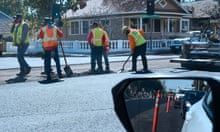
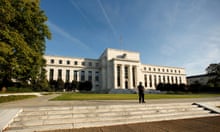
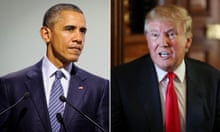

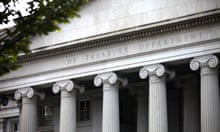


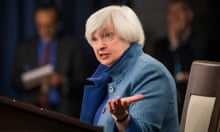

Comments (…)
Sign in or create your Guardian account to join the discussion